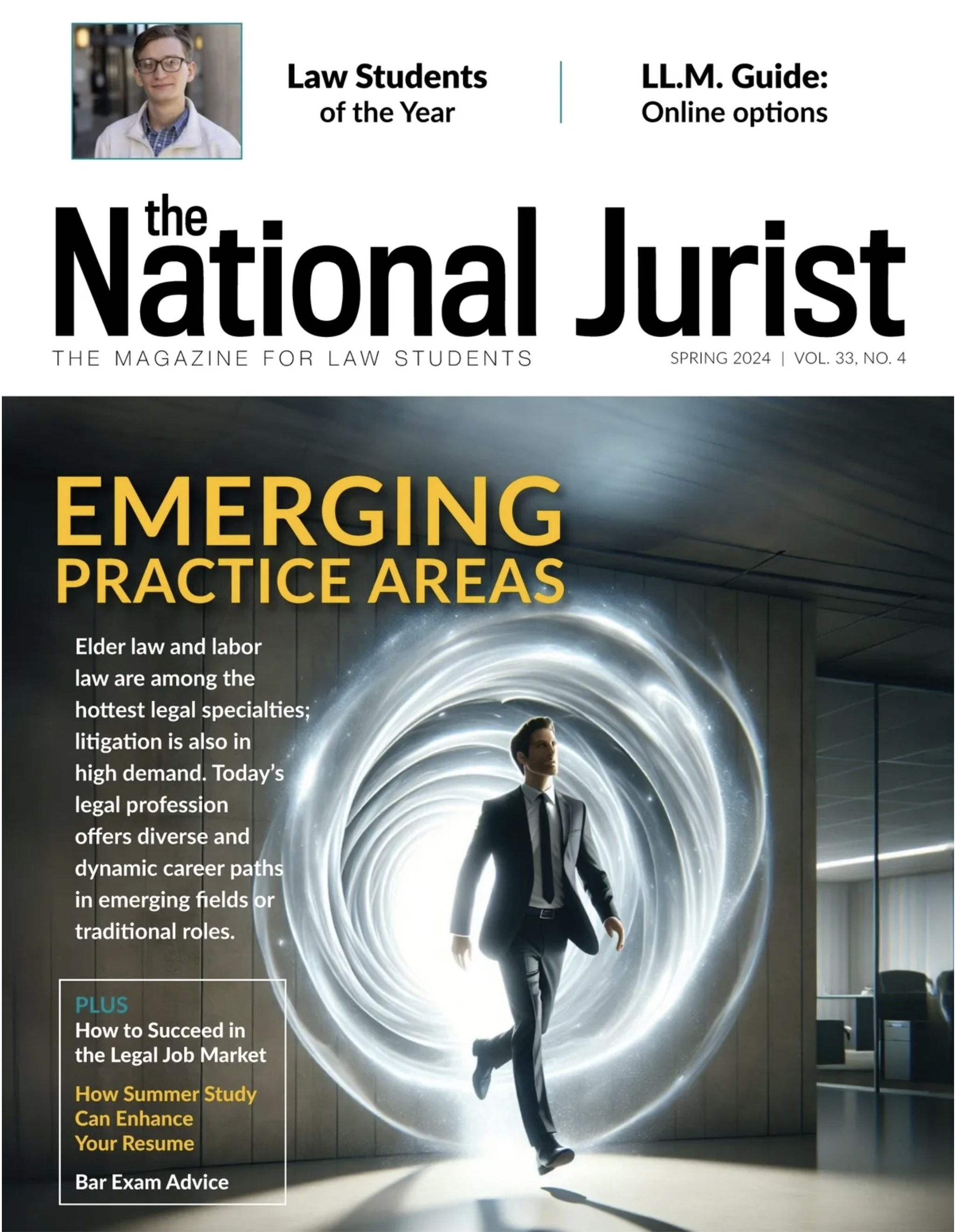The “leaky pipeline” for women attorneys starts as early as the law school admissions process, two researchers said in a new report.
There are three early leaks that affect the representation of women in law, wrote Deborah Jones Merritt, professor at Moritz College of Law at The Ohio State University, and Kyle McEntee, executive director of Law School Transparency.
“Addressing these leaks would improve gender diversity in law schools and the legal profession,” they wrote. “It might also help schools draw talented new applicants to their JD programs.”
Among their findings:
- While women earn 57.1 percent of college degrees, they represent just under 51 percent of law school applicants. About 3.4 percent of male college graduates apply to law school, and just 2.6 percent of women do so.
- Men are more likely to b admitted to law school than women, with a gap of almost four percentage points separating admittance rates. About 79.5 percent of male applicants were admitted compared to 75.8 percent of female applicants. This trend goes back to 2000, with the gap exceeding three percentage points for all but two years. Men tend to score better on the LSAT while women tend to have higher undergraduate GPAs.
- Schools with the strongest employment placement rates enroll noticeably smaller percentages of women, while schools with lower placement rates have a higher female enrollment percentage.
The researchers wrote that the third leak seems to be new since 2011, and growing. Possible explanations include the reliance of LAT scores over other admissions factors, which puts women at a disadvantage; scholarships based on LSATs are awarded to men going to prestigious schools; and women may not negotiate as aggressively as men for scholarships.
Find the full report here.

